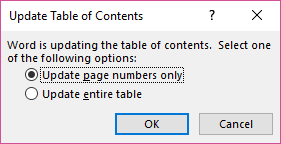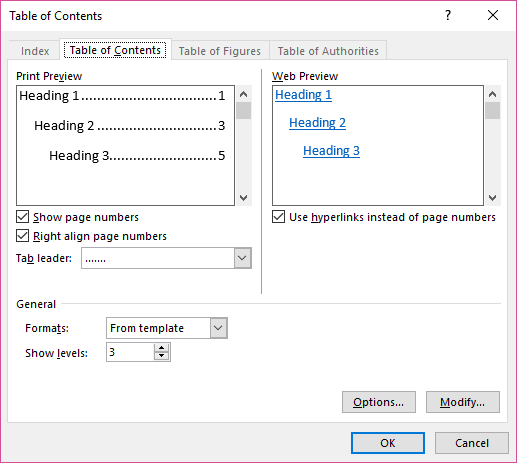With his towering angular physicality, and mildly eccentric obsessiveness, Bill Nighy has come to embody a quintessential cinematic Englishness in a fashion that a previous generation might associate with Alastair Sim or Dirk Bogarde. Sometimes Always Never, Carl Hunter’s debut feature, finds Nighy in good form as Alan, a fastidious sixty-something tailor with a 70s era board game obsession, engaged in a long and fruitless quest to find his eldest son Michael, whom he hasn’t seen since the former deserted the family home apparently after a Scrabble inspired feud. In this quest he is joined with seeming reluctance by his other son Peter (Sam Riley), and as the film opens the pair are visiting a morgue in Brighton to identify an unidentified body which they are led to believe might be the long-lost Michael.
This seems, on the surface, like dark, gut-wrenching territory better suited to Mike Leigh, but Hunter directs the film, from a script by Frank Cottrell Boyce, with a light touch and a note of whimsy that is at odds with what could easily be a fraught family drama. This whimsical approach extends to the cinematography and production design; even though the film’s setting is contemporary, the set design and props are unmistakably retro as if to evoke the 70s, as if to suggest that the characters, Alan especially, are frozen in a former time and unable to move on and confront an uncomfortable modern world. Alan, after all, is a bespoke gentleman’s tailor by profession, an occupation that itself belongs to a passing age; the film’s enigmatic title comes from tailor’s parlance describing the convention of utilising the three buttons on the front of a man’s jacket. Alan’s obsession with Scrabble also suggests a defiantly retrograde world view, with one of his few concessions to modernity being his proclivity to play Scrabble on-line on his grandson’s computer. This character quirk furnishes one of the film’s key plot points, as Alan comes to believe that one of his anonymous on-line opponents is actually Michael reaching out to him. The resolution to this should not surprise the attentive viewer, but one suspects that it is not the intention.
The distinctive retro style that is intrinsic to Hunter’s visual style seems to extend to the casting of supporting roles. Tim McInnerney and Jenny Agutter, both actors who seem to likewise embody a bygone age, play Arthur and Margaret, a reticent couple encountered by Allan and Peter in their Brighton hotel who are implausibly engaged on the exact same grim mission as they; Margaret reappears later in the film in an equally unlikely reprise. And just as unlikely is the unexpected and largely superfluous cameo by Alexei Sayle, which seems tacked on and, while amusing, does nothing to advance the screenplay, which at times seems to meander aimlessly, and is just a trifle too besotted with its own determined quirkiness.
Nighy is an immensely watchable actor, and his presence gives the film much of its energy and impetus even if his quest seems diffident and less than earnest, but notwithstanding his sterling efforts, and despite a promising beginning, the screenplay seems run out of puff well before the end. And thus is the viewer is left to ponder what its ultimate purpose is other than a labored retelling of the Biblical parable of the prodigal son. There are a number of subplots which are frustratingly left as loose threads, such as Margaret’s and Alan’s confused extramarital dalliance, which seems very contrived and quite at odds with all that the audience has hitherto learnt about these characters. Much the same can be said of a tepid romantic subplot involving Allan’s grandson (Louis Healy) and a classmate [Ella Grace Gregoire), just another underdeveloped plot element that fails to cohere into a more satisfying whole. The film’s denouement arrives in a scene that seems deliberately to evoke Ingmar Bergman’s The Seventh Seal, but the viewer is left uncertain whether this homage is meant to be ironic, or a sincere pointer to a deeper existential truth that sits oddly with the film’s oh-so-English glibness.
Sometimes Always Never is at pains to create its own unique world which exists at a tangent to reality, but despite some fine performances and a spasmodically wry and witty script, at the end the viewer is left at the end with the impression of an underdone first course, and a dessert course that never actually arrives.











